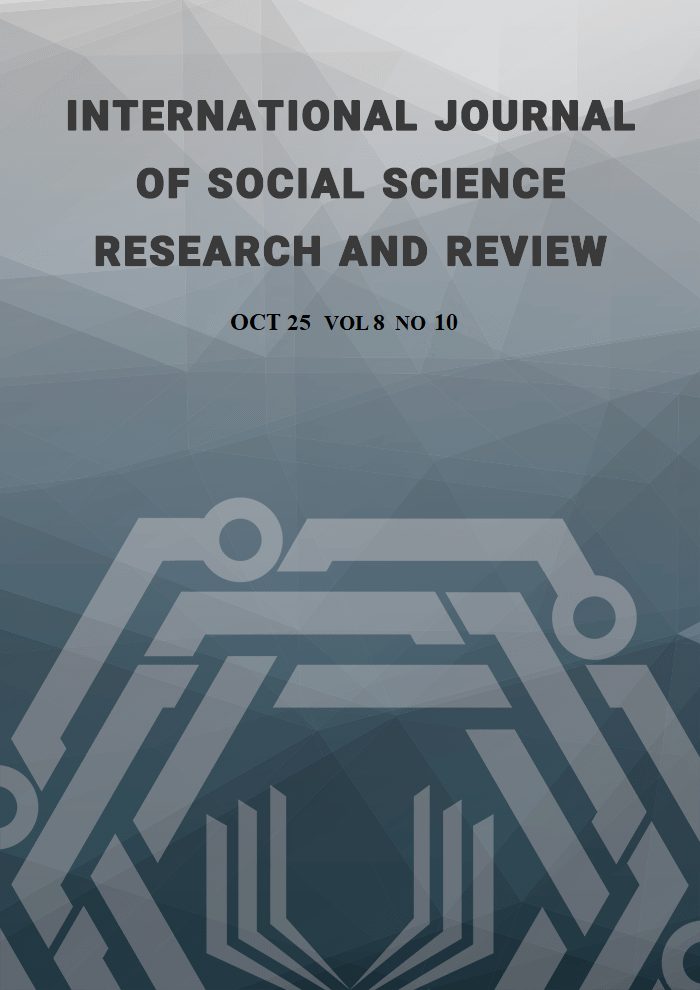Bridging Technology Access and Digital Independence for Persons with Disabilities: India and Global Strategies
Abstract
This study examines India's assistive technology accessibility situation and how innovation might help remove obstacles. The goal of the study was to examine the inclusive technologies that are now available on the market, pinpoint their shortcomings, and make insightful judgments about the potential of assistive technology in the future. Several databases of current and pertinent technologies in a wide range of fields, including communication, education, health, and social inclusion, were reviewed and analyzed as part of the research methodology. Additionally, strategies that have been put in place to close the gap were examined, including national initiatives like Avaz, Eye-D, Lechal, BleeTV, and SignAble, as well as international initiatives like Microsoft Inclusive Design Toolkit, WCAG 2.1, and Apple Accessibility Guidelines. The RPwD Act and BarrierBreak reports (BarrierBreak, 2023), among other pertinent legislative and policy tools pertaining to accessibility in India, were also considered in the study. The study included thoughts on independent initiatives that the author himself had developed, such as SpeakEase (Vijai, SpeakEase), an AI-enabled communication tool for non-verbal persons, and FeedEase (Vijai, Enhancing Robot Feeding), a robotic feeder arm for individuals with cerebral palsy, taking into account point of views of both users and caregivers. Cultural fit, cost, and caregiver involvement were found to be more important than technological sophistication. This was demonstrated by methods that performed better and were more successful on less expensive platforms, such as cellphones, rather than more complex methods, such as gaze-tracking or brain-computer interfaces, which are not useful in India. When it comes to employment-focused tools and cognitive and mental disorders, where innovation is lacking, gaps are more obvious. This study is significant because it has established a framework for considering inclusion and inclusive technologies as ways to help impaired individuals regain their independence and dignity.
Copyright (c) 2025 Aarav Amit Vijai

This work is licensed under a Creative Commons Attribution-NonCommercial-NoDerivatives 4.0 International License.
Copyright for this article is retained by the author(s), with first publication rights granted to the journal. This is an open-access article distributed under the terms and conditions of the Creative Commons Attribution license (https://creativecommons.org/licenses/by-nc-nd/4.0/).





